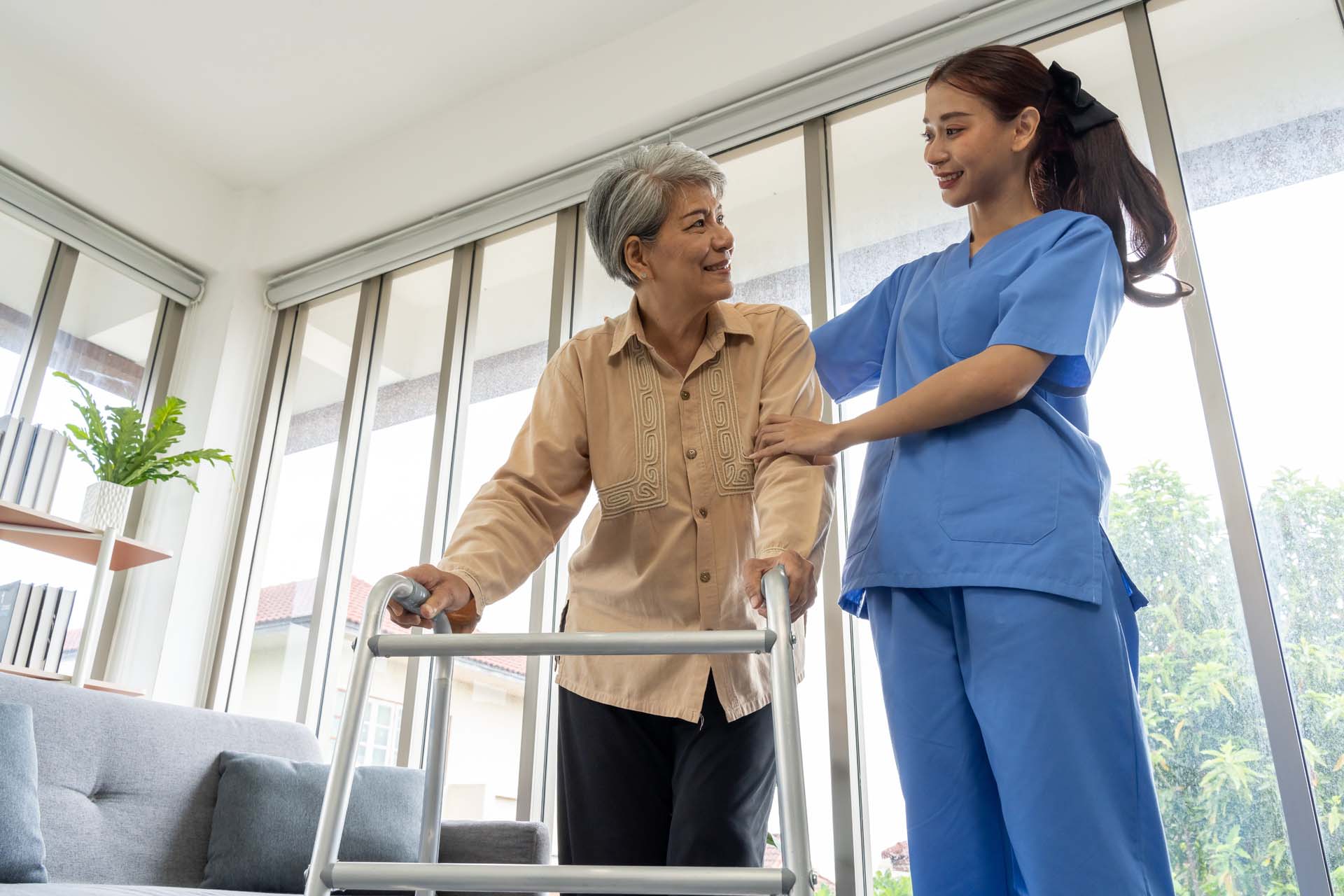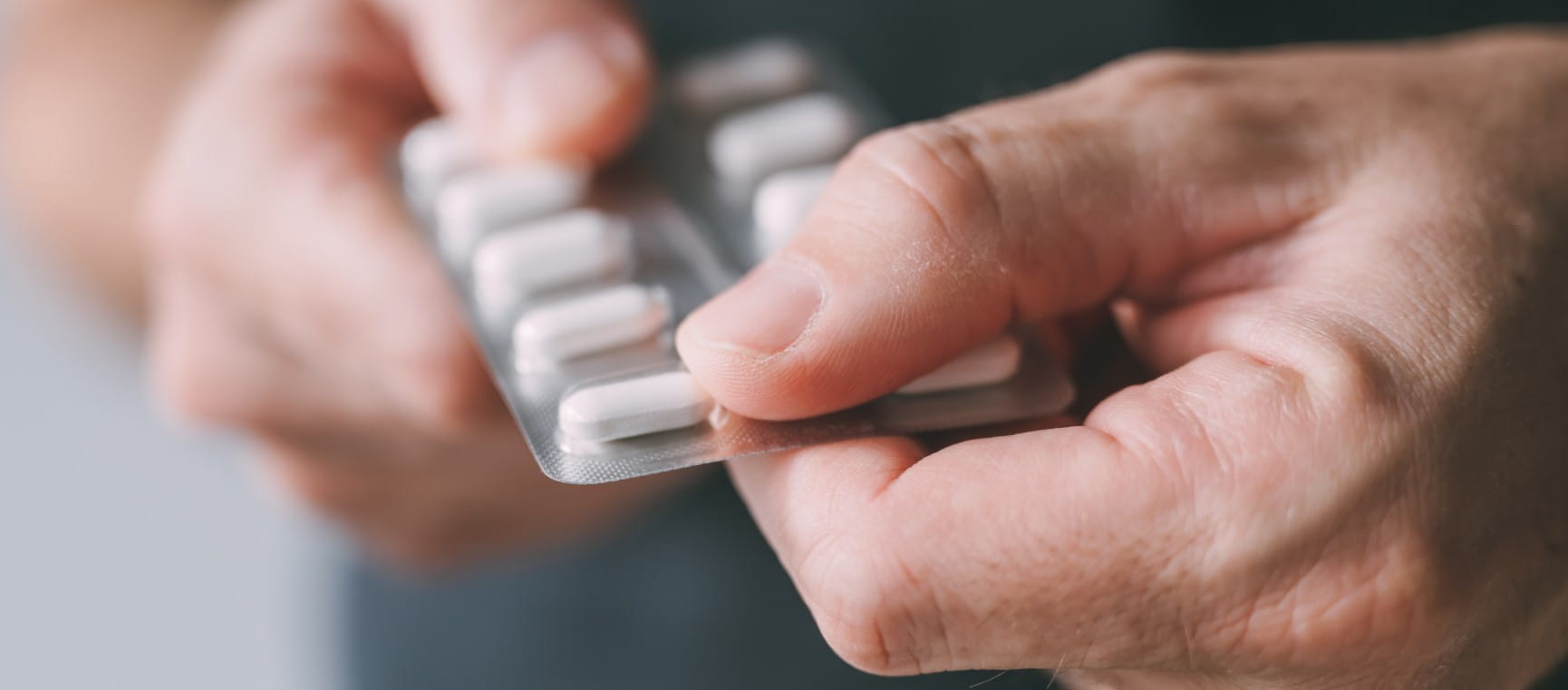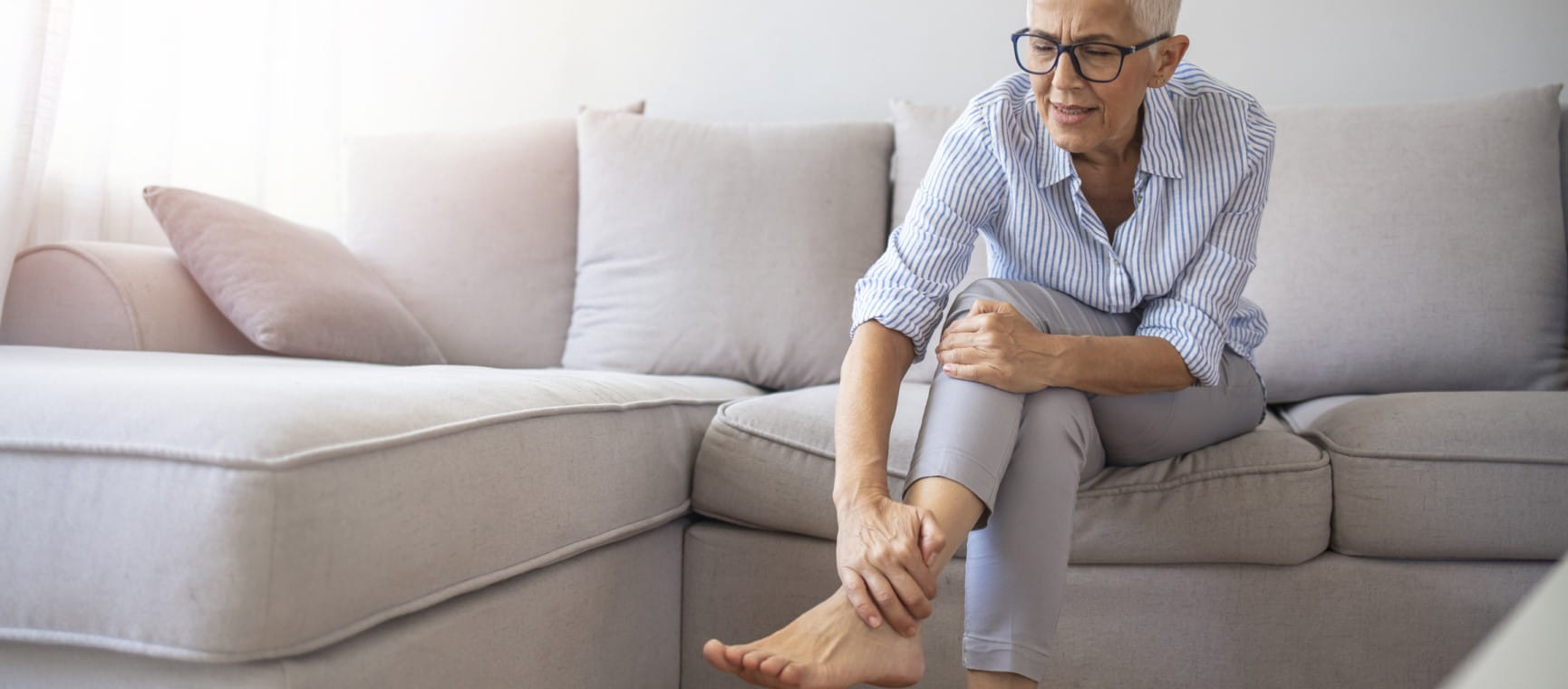
An irresistible urge to move your legs, along with sensations including tingling, itching, burning, fizzing, plus pain and pins and needles or a feeling that insects are crawling under the skin.
Moving the leg is the only thing that brings relief, albeit temporarily.
You’re more likely to develop RLS in midlife, and symptoms may worsen with age, with around 10% of over-65s affected to some degree. It’s estimated that 2.2 million UK people suffer from RLS at some point in their lives.
GP Dr Julian Spinks, chairman of charity Restless Legs UK, who also suffers from the condition intermittently, says RLS may sound trivial but is much more than just ‘jiggly legs’. “You have to understand the impact these sensations have when they can be accompanied by pain, lead to long-term sleep disruption, fatigue and depression,” he says.
One sufferer, 64-year-old Leigh Humpage, a former social worker, explains how it feels. “I have these odd, creepy-crawly sensations; it can feel like my legs are on fire – fizzing and buzzing all the time. Sometimes I’ll lie in bed and my legs will jerk and twitch so much it will feel like I’ve had a cattle prod stuck in my spine. I’m lucky if I drop off by 4am, which leaves me feeling chronically fatigued every day.”
Around 80% of RLS sufferers also have periodic limb movement disorder (PLMD) – an uncontrollable urge to jerk limbs, usually the legs, repeatedly, mainly while asleep.
PLMD can occur independently of RLS, particularly in older people. RLS and PLMD are worse at night and affect more women than men.
For some, the condition comes and goes, but significant numbers suffer from longer term, more severe symptoms that disrupt sleep and can also affect the arms, torso, and head.

Little is understood about the causes of RLS. It’s likely there are multiple factors, including groups of genes (though no specific genes have yet been identified); low iron stores (which can affect how the brain chemical dopamine controls impulses from the legs to the central nervous system); stress; disrupted sleep and advanced chronic kidney disease.
It could also be a side effect of some drugs, including antidepressants, sedating antihistamines, anti-nausea and anti-psychotic drugs.
RLS is also associated with low levels of dopamine, which helps control muscle movements, in an area of the brain called the basal ganglia. Dopamine levels drop later in the day, which is believed to be why symptoms strike predominantly at night.
RLS is thought to be more common in older adults because of lower levels of dopamine as we age; older people are also more likely to have conditions that are thought to cause or worsen RLS, like kidney disease, iron deficiency anaemia, Parkinson’s, underactive thyroid or fibromyalgia.
There’s no cure for RLS, but lifestyle changes, such as reducing caffeine and alcohol and stopping smoking, can help, as can some drugs.
“Walking, stretching, massaging the leg, applying heat and cold, a hot bath and relaxation exercises and mindfulness can be beneficial,” says Dr Spinks. “But drinking tonic water to help is a myth. In fact, quinine [the active ingredient] has been shown to make it worse.’
“Ten years ago, we thought drugs called dopamine agonists, including ropinirole, rotigotine and pramipexole – originally developed to treat Parkinson’s disease – were the answer, but now we know they may lead to two serious problems: augmentation, where the drugs worsen symptoms, and impulse control disorder, which leads to compulsive behaviours including gambling and eating disorders,” says Dr Spinks.
Studies suggest around 35% can be affected. But the chances of developing augmentation increase by 7% for every year you take the drugs. For this reason, dopamine agonists have fallen out of favour and in 2025 NICE, the government’s drugs advisory body, changed its guidance for doctors, advising them not to prescribe them as a first-line treatment. This is not a complete ban because there are some people for whom they remain an option, provided they are informed of the potential problems.
Other drugs prescribed for RLS include the epilepsy drugs pregabalin and gabapentin, which can be used to treat the pain associated with RLS. Some patients are given low-dose opioid painkillers, as well as short-term courses of sleeping pills.
Leigh, who was diagnosed 10 years ago, was prescribed pramipexole and ropinirole, but she developed augmentation. Then she tried 24-hour skin patches of rotigotine, which relieved some of her symptoms and delivered a continuous dose, but – again – she developed augmentation.
“I’ve tried everything, including a Tens machine to block nerve signals to the brain, magnesium supplements to relax muscles, deep tissue massage and exercise, as well as CBD oil and weighted blankets, which all had limited effects,” says Leigh. “I just try to live with the condition, but my sleep pattern remains very poor and I am chronically sleep deprived.
“I don’t think there’s a one-size-fits-all cure for RLS as there seem to be many different causes, so it’s trial and error to try to find something that provides relief for you. Everyone is different and we all try different medication or strategies to cope. There is no magic cure, unfortunately.”
This can help mild cases and includes going to bed and getting up at the same time; avoiding stimulants such as caffeine and nicotine before bedtime; and creating a comfortable sleep environment.
These apply pressure to or massage the feet, calves and thighs. Some say they are helpful but there are no high-quality double-blind studies to show they work – and they can be very expensive.
RENPHO Leg Massager, from £89.99 (Currys); MyoAir, RRP £999 (Myo Master).
These work on the same principle but are cheaper. Scholl Flight Socks, from £18.99 (Amazon).
Applying heat or cold can bring relief, for example Magic Gel leg ice pad, £24.99 (Amazon).
Therapulse, £44.95, is a strap-on battery-operated device you wear at night that uses low-energy vibration to reduce RLS symptoms.
Some sufferers say magnesium, needed for muscle contraction, helps, but the evidence isn’t strong, says Dr Spinks. Try a Magnesium oil body spray, £14.99 (Better You).
For more information on RLS, see rls-uk.org.
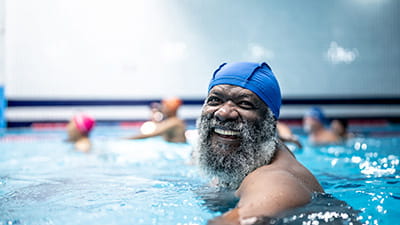

Health insurance for people over 50 that provides a quicker route to diagnosis and planned medical treatment in a private facility.
Underwritten by Bupa Insurance Limited.
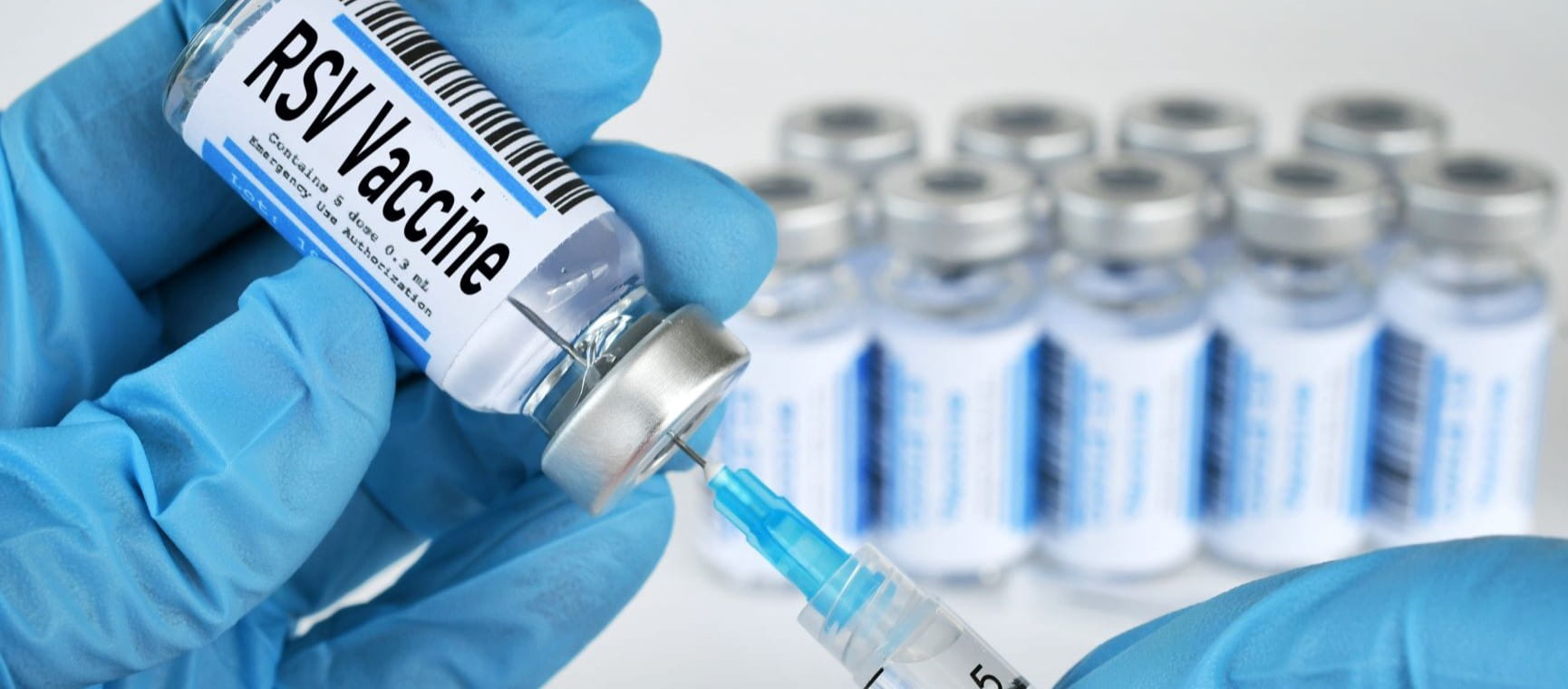
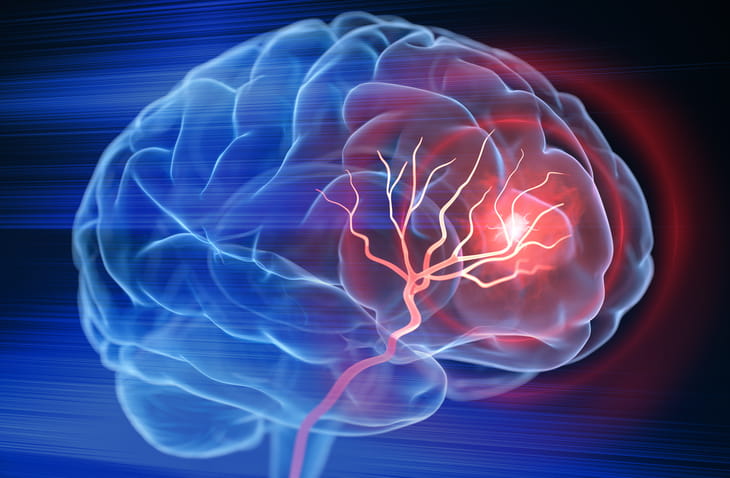
Facial weakness, a sudden headache and dizziness can all be signs of a stroke, we've got the facts from an expert.
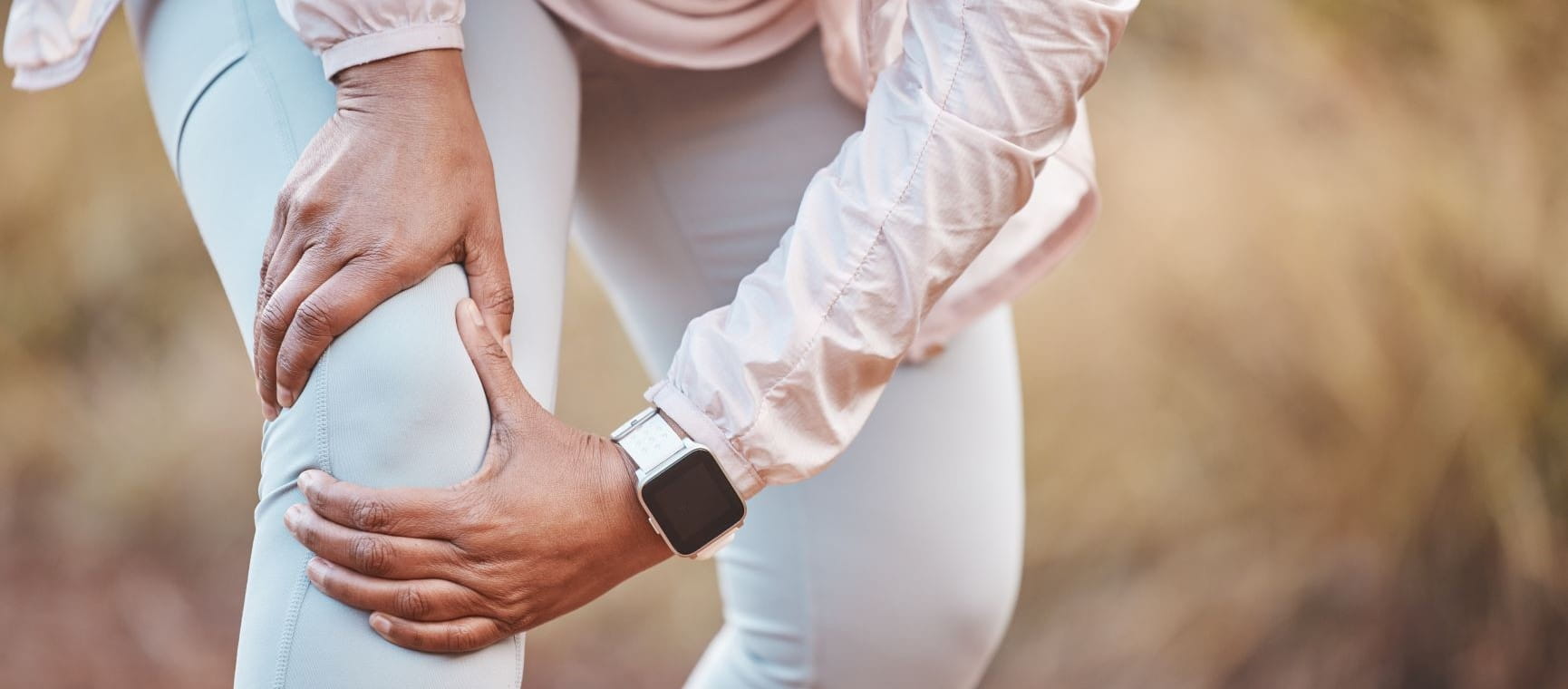
Knee pain is more common as we age: to help we've got the best advice from 3 leading experts with easy ways to make a difference.
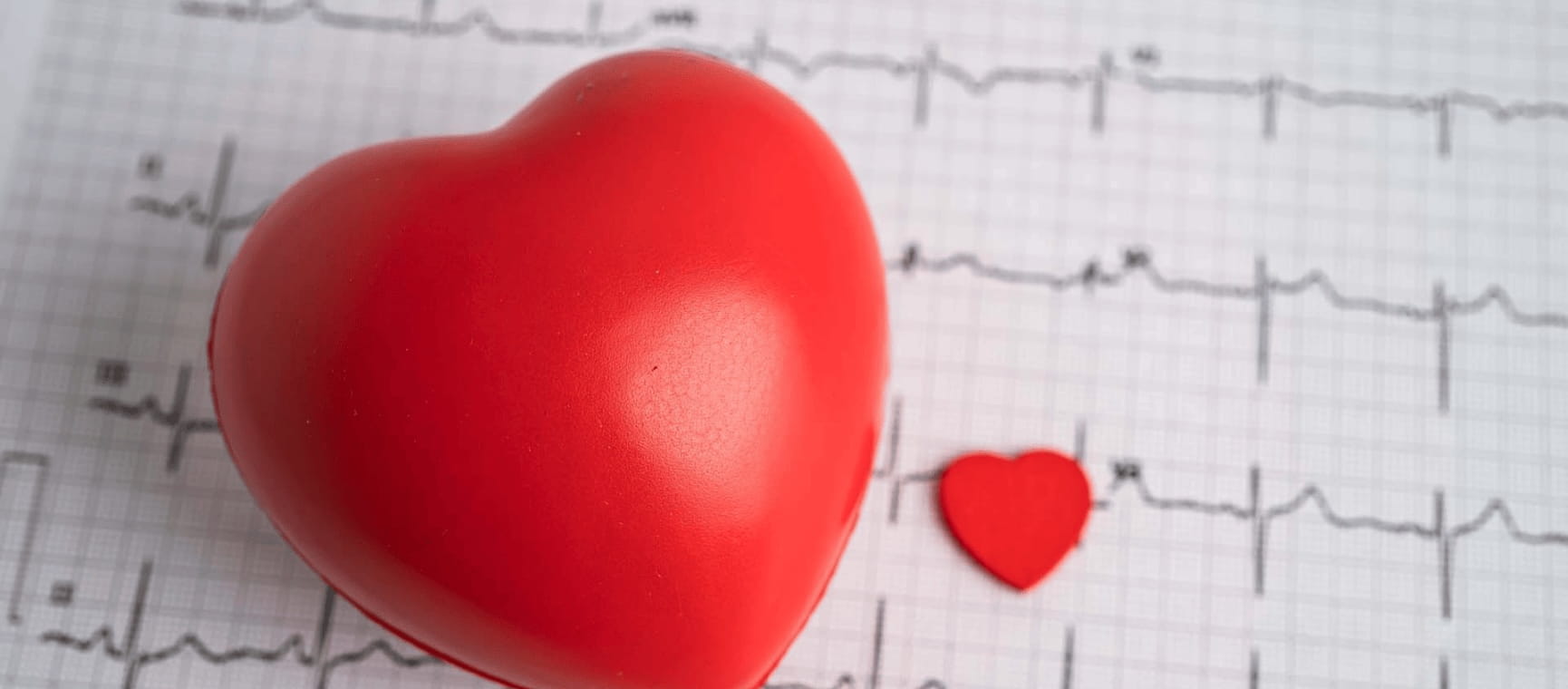
Do you know the symptoms of a heart attack? Here’s what to look out for, and how to prevent one.
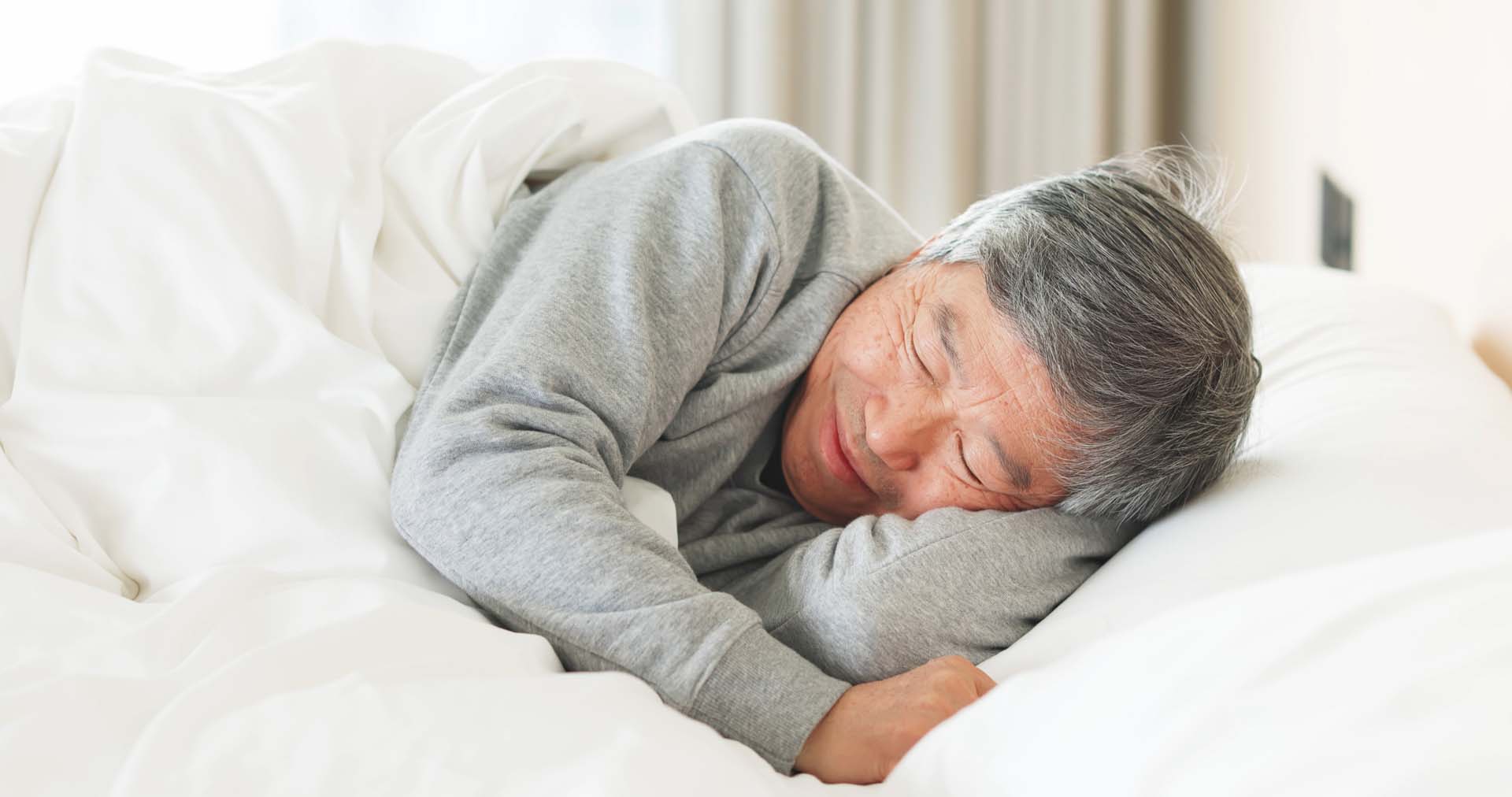
Front, back or side? Which sleeping position is best for you as you get older, and which ones you should avoid
